2023 Volkswagen ID. Buzz Makes the Electric Microbus a Reality

The ID. Buzz will begin sales in Europe later this year; arrives in North America for the 2024 model year.
After teasing us for years, Volkswagen has finally revealed the production version of the ID. Buzz. The modern-day Microbus will be all-electric, with four versions confirmed so far. First out the gate will be short-wheelbase passenger and cargo models for Europe, with a long-wheelbase passenger model coming to North America next year.
With five years passing since the original concept car debuted at the North American International Auto Show, we’re happy to see the production Buzz has kept its look intact. The boxy shape features plenty of nods to the iconic original, like the rear horizontal cooling strakes—now above the waistline instead of below—big front corner windows, and available two-tone paint. Changes to the LED headlights, including the light bar connecting them, align with the current VW family look. Buyers will have seven colors to choose from, four of which can also be had in the two-tone form you see here. Which is the right choice, obviously.
Both versions also come with 18-inch steelies as standard, with the passenger model offering wheels up to 21 inches in diameter.
SEE ALSO: 2022 Volkswagen Jetta First Drive ReviewLike the rest of the ID. family, the Buzz rides on the MEB platform, with its 77-kWh battery pack laying in the floor of the vehicle. MEB allows for the wheels to be pushed right to the corners of the Buzz, with a long 117.6-inch (2,988-millimeter) wheelbase. Overall length of these short-wheelbase models clocks in at 185.5 (4,712 mmm), around an inch shorter than the Tiguan on our shores. VW hasn’t given the eventual LWB measurements yet. It does tout the SWB’s short turning circle, however, at just 36.4 feet (11.1 meters).
At launch, the ID. Buzz will use the 201-horsepower, 229-pound-foot electric motor we’ve seen in the ID.4, sending power to the rear wheels. Top speed is limited to 90 mph (145 km/h). Expect other powertrain options after launch. AC charging is capped at 11 kWh, with DC fast charging hitting up to 170 kWh, allowing for top-ups from 5 to 80 percent in around half an hour. In Europe, an optional bi-directional power box allows either Buzz model to offer vehicle-to-home charging.
Inside, the ID. Buzz has a clean two-level dashboard design, with multiple storage cubbies and pull-out cupholders. European passenger models feature five seats, with a six-seater (three rows of two) option coming later. Long-wheelbase models will offer a seven-seat setup. The ID. Buzz Cargo includes three seats up front, with partition separating them from the enormous 137.7 cubic-foot (3,900 L) cargo hold. Top-trim models will include full power adjustability for the front thrones, plus memory and massage functions. The two-tone interior trim you see above is optional, paired with corresponding two-tone exterior paint treatments. You won’t find any leather in here: instead, VW uses recycled materials, including something called Seaqual, which is made from a combination of collected ocean plastic and recycled PET bottles.
SEE ALSO: Nissan Pathfinder vs Volkswagen Atlas ComparisonA pair of 10-inch screens are standard, including the Digital Cockpit display and infotainment; a larger 12-inch item is optional for the latter. Below the infotainment sits VW’s contentious touch slider controls. Depending on the trim, buyers will find up to eight USB ports.
Standard safety systems in Europe include Front Assist, Lane Assist, and road sign recognition. Adaptive cruise control and other assists will be optional.
Volkswagen will begin production of the Euro-market ID. Buzz models at its Commercial Vehicles plant in Hannover in the first half of this year. The Buzz will launch in the third quarter of 2022. North America will have to wait until next year to see its LWB version, which will go on sale for the 2024 model year.
Become an AutoGuide insider. Get the latest from the automotive world first by subscribing to our newsletter here.

Kyle began his automotive obsession before he even started school, courtesy of a remote control Porsche and various LEGO sets. He later studied advertising and graphic design at Humber College, which led him to writing about cars (both real and digital). He is now a proud member of the Automobile Journalists Association of Canada (AJAC), where he was the Journalist of the Year runner-up for 2021.
More by Kyle Patrick



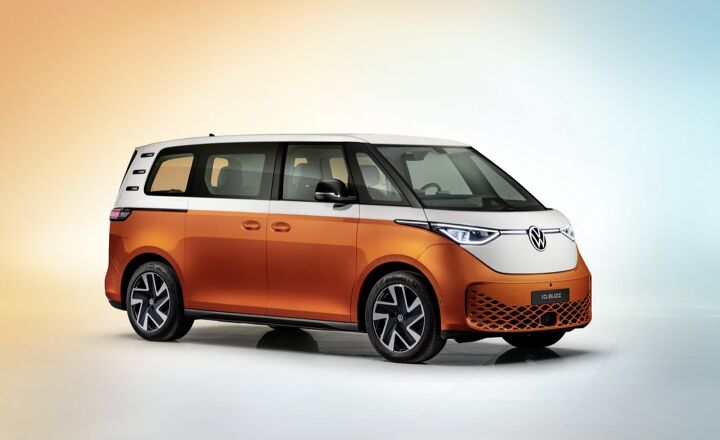


















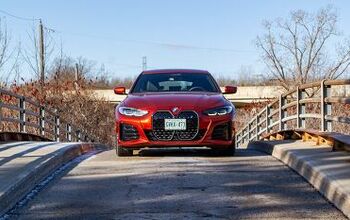
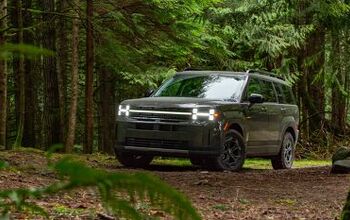
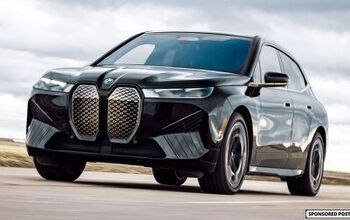
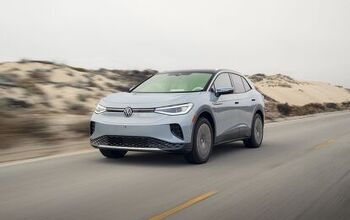
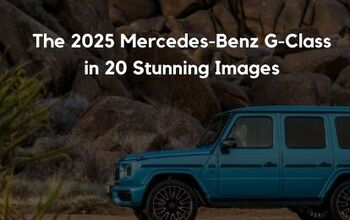
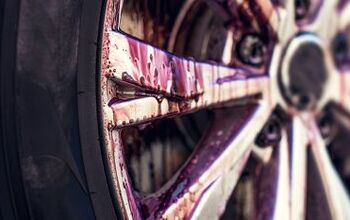
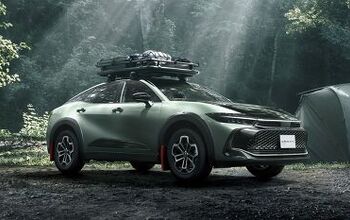
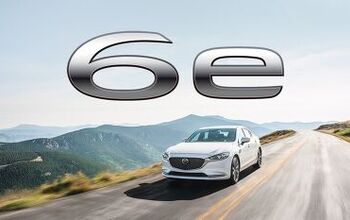
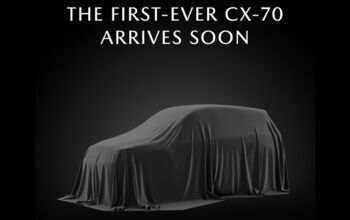
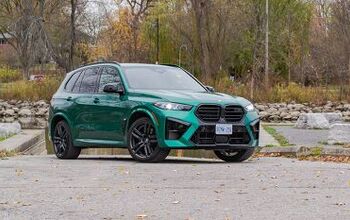
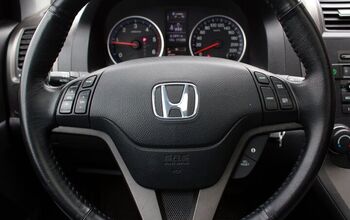



Comments
Join the conversation
That is a really appealing vehicle, and a knockout interior. It'll be interesting to see if they can produce enough to meet initial demand; and if interest holds up after two or three years. Specialty and/or kooky vehicles often see a dramatic dropoff in sales after year two.